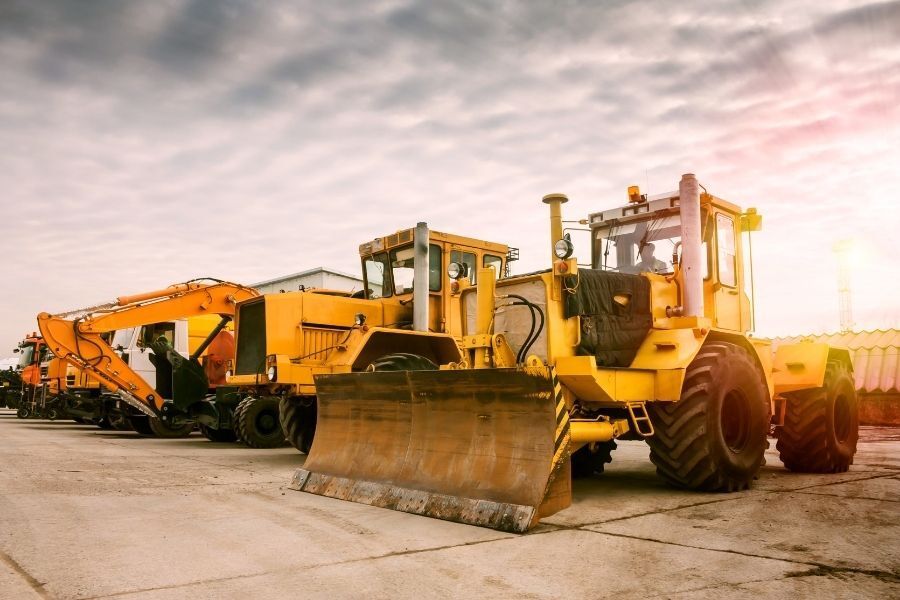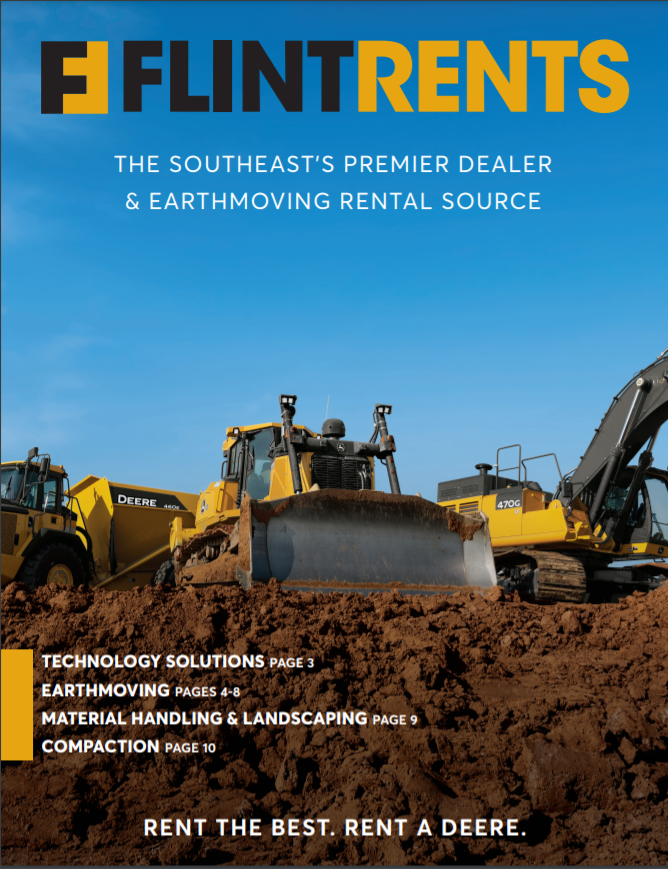Dozer Rental: Powerful Earthmoving Equipment for Your Construction Requirements
Dozer Rental: Powerful Earthmoving Equipment for Your Construction Requirements
Blog Article
Maximize Your Spending Plan by Understanding the Expenses Connected With Building And Construction Equipment Services
Understanding the complete extent of expenses linked with building and construction equipment services is critical for optimizing your budget. What methods can be used to effectively manage these expenses and guarantee a much more reliable rental experience?
Introduction of Rental Prices
When taking into consideration construction devices rentals, comprehending the associated expenses is paramount for efficient budgeting and project planning. Rental prices can vary dramatically based on a number of variables, including equipment kind, period of rental, and place. The first rental fee commonly mirrors the equipment's market demand and its connected functional abilities, affecting the total expense.
In addition to the base rental price, secondary expenses may develop, such as transportation fees, fuel surcharges, and maintenance fees. It is important to make up these additional costs to properly assess the total cost of renting tools. Furthermore, the rental period can impact prices; longer leasings may certify for affordable rates, while short-term rentals might sustain greater day-to-day costs.

Malfunction of Rental Rates
An extensive understanding of rental rates is crucial for service providers and task managers aiming to maximize their spending plans. Rental prices for building devices generally contain numerous components, including base rates, time-based costs, and use charges.
Base rates are the core fees connected with the rental of the equipment, often established by the kind and dimension of the equipment. These prices can differ dramatically, influenced by factors such as devices need, accessibility, and local market patterns. Time-based fees, which may be daily, weekly, or monthly, serve to accommodate various project timelines and rental periods.
Additionally, rental prices might include usage costs, which apply when devices is utilized past a specified threshold, ensuring that the rental business can make up deterioration. Seasonal need variations can additionally affect rental prices, with peak building periods usually commanding higher rates.
In addition, understanding the rental company's policies relating to upkeep and insurance coverage can supply further understanding right into the general price structure. By examining these parts, professionals can make enlightened decisions, guaranteeing the option of rental tools straightens with both project demands and spending plan constraints.
Added Costs to Think About
Comprehending the intricacies of additional fees is essential for specialists to manage their general rental expenditures properly. Past the typical rental rates, different supplemental charges can considerably impact the total price of equipment service. These charges often consist of distribution and pick-up fees, which can vary based upon distance and logistics associated with carrying the equipment to and from the job site.
Moreover, some rental business might impose gas surcharges if the tools is returned with less gas than when rented. It is also important to understand possible cleaning fees, specifically for specific equipment that calls for complete maintenance after usage.

Thoroughly evaluating the rental arrangement and clearing up these additional charges ahead of time can aid professionals make certain and avoid unanticipated expenses that spending plans stay undamaged throughout the project lifecycle.
Upkeep and Repair Costs
Regular repair and maintenance expenditures are typically overlooked aspects that can significantly influence the general cost of building and construction equipment leasings. When renting out tools, it is vital to consider not only the rental costs but likewise the prospective expenses connected with maintaining the equipment in ideal operating problem.
Many rental business consist of standard upkeep as part of the rental arrangement; nonetheless, more unexpected failures or substantial fixings can cause additional expenditures. It's vital to examine the rental contract carefully to understand what maintenance services are covered and what obligations drop on the occupant.
In addition, tools that is not properly maintained can lead to inefficiencies at work site, potentially enhancing and triggering hold-ups task expenses. To minimize these dangers, it is advisable to carry out routine evaluations and preserve open communication with the rental company concerning any type of issues that emerge during usage.
Insurance Policy and Obligation Costs
Insurance coverage and liability prices are important elements that can substantially influence the general cost of building and construction equipment services (scissor lift rental). These prices guarantee that both the rental firm and the customer are shielded from prospective financial losses emerging from mishaps, damage, or burglary during the rental period

In addition, clients must recognize any type of deductibles or exemptions in the insurance coverage plan, as these can impact possible out-of-pocket expenses. Comprehending the terms and problems of any insurance policy coverage is vital to prevent unforeseen prices. Inevitably, budgeting for insurance policy and responsibility expenses can help make certain a smoother rental experience and protect against monetary threats connected with building and construction jobs.
Final Thought
In conclusion, a thorough understanding try this website of the heavy duty lifting eyes costs associated with building and construction devices leasings is important for effective spending plan administration. Eventually, informed decision-making pertaining to devices rentals adds to the general success of construction undertakings.
Rental expenses can vary dramatically based on a number of aspects, consisting of devices type, duration of leasing, and area (equipment rental company). The rental period can influence prices; longer services may certify for affordable rates, while temporary rentals might sustain higher day-to-day charges
By performing extensive research study and involving with credible rental business, service providers can successfully browse the complexities of rental pricing, inevitably maximizing their financial resources.
Past the basic rental rates, different additional costs can dramatically impact the overall price of tools service. Rental firms usually supply responsibility insurance that covers injuries to third events or damages to home, while tools damages insurance coverage can cover the expense of fixings or substitute if the leased devices is harmed.
Report this page